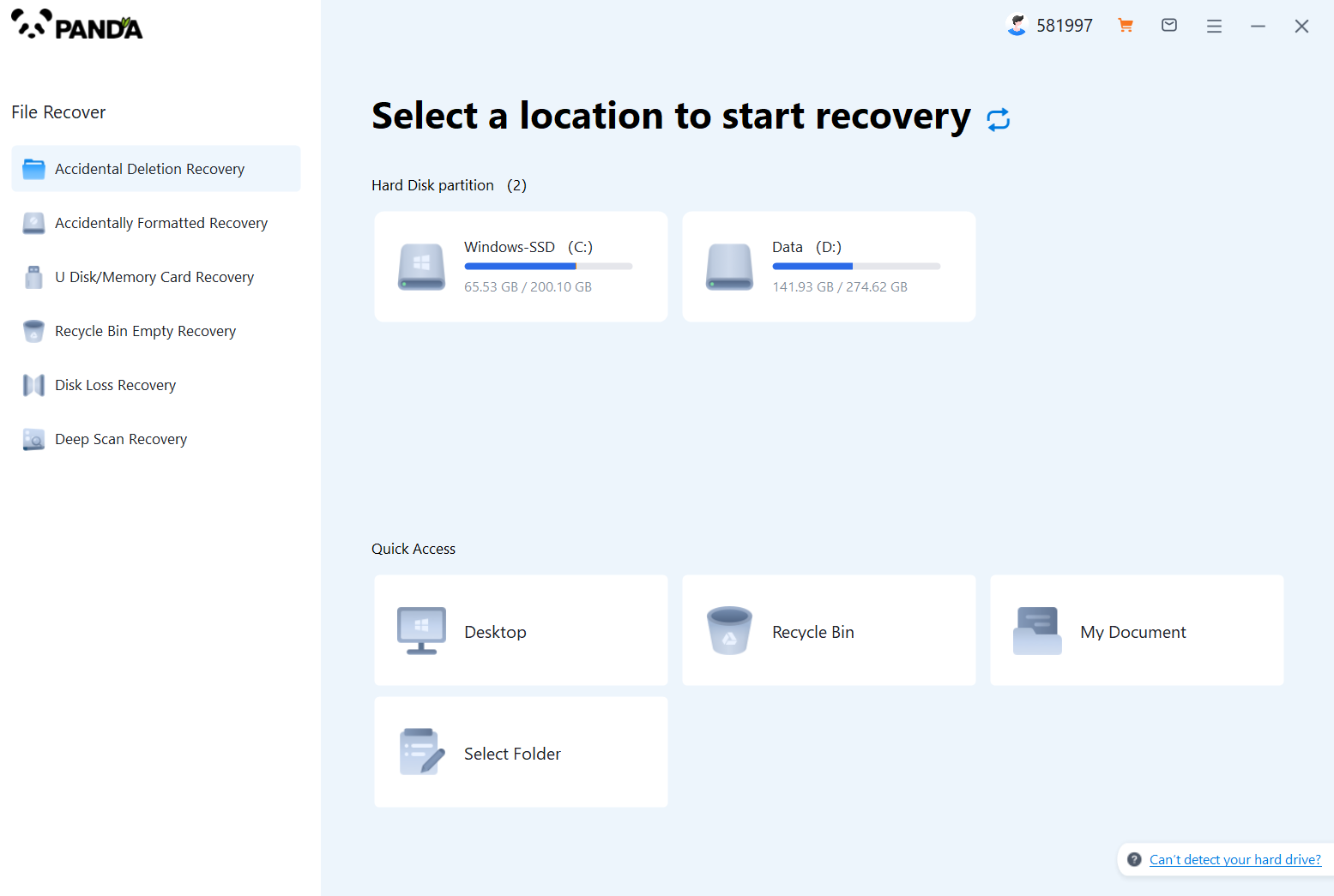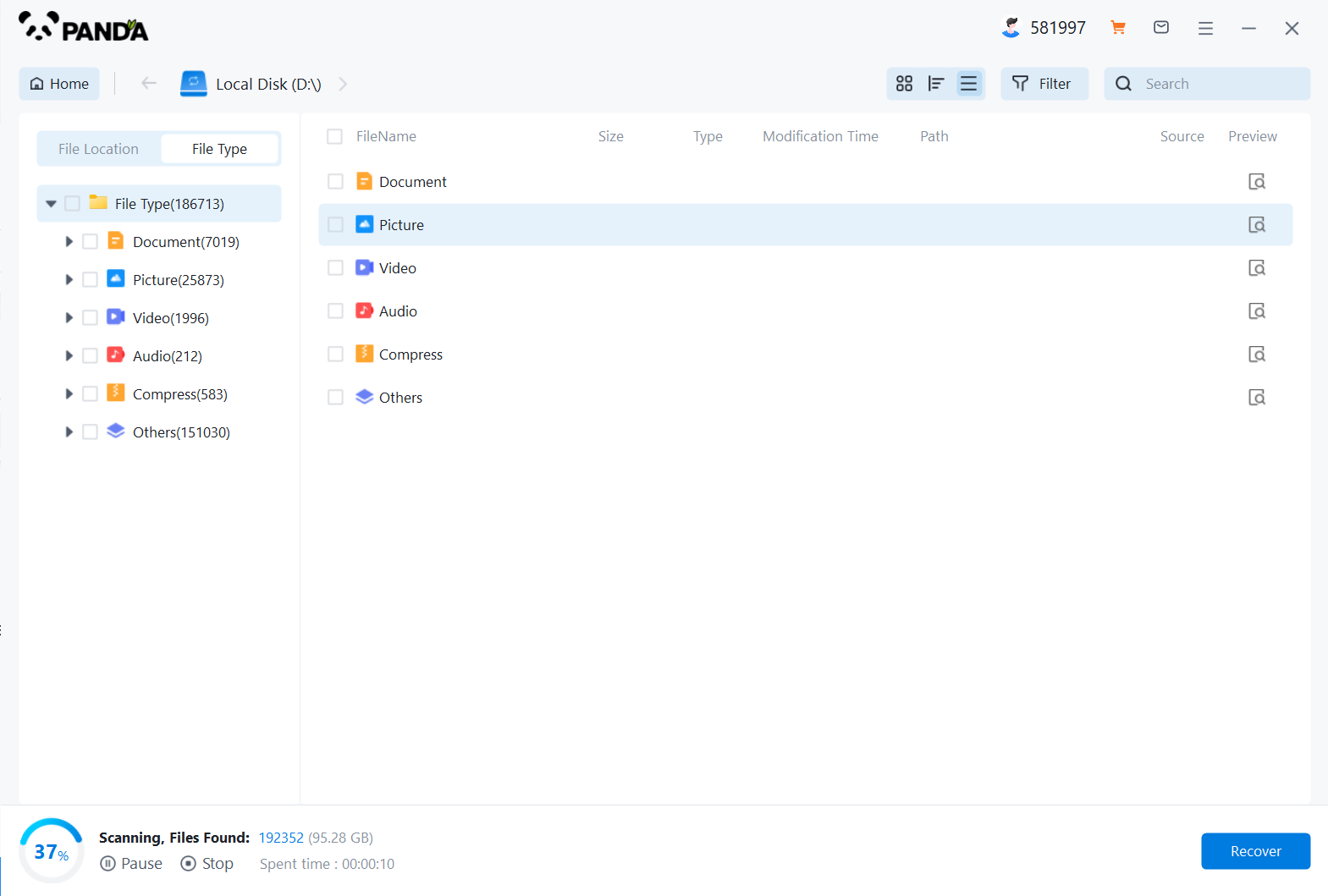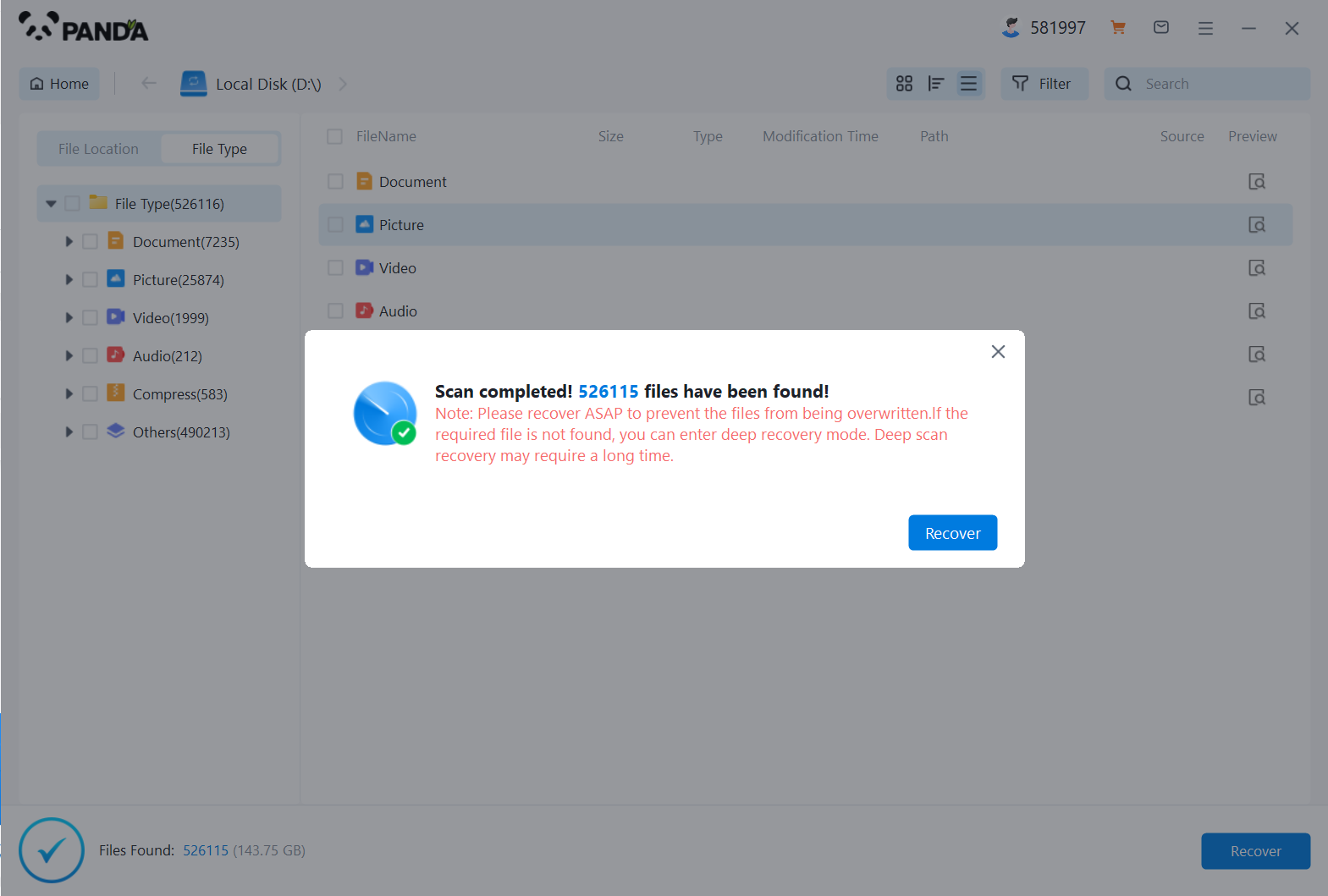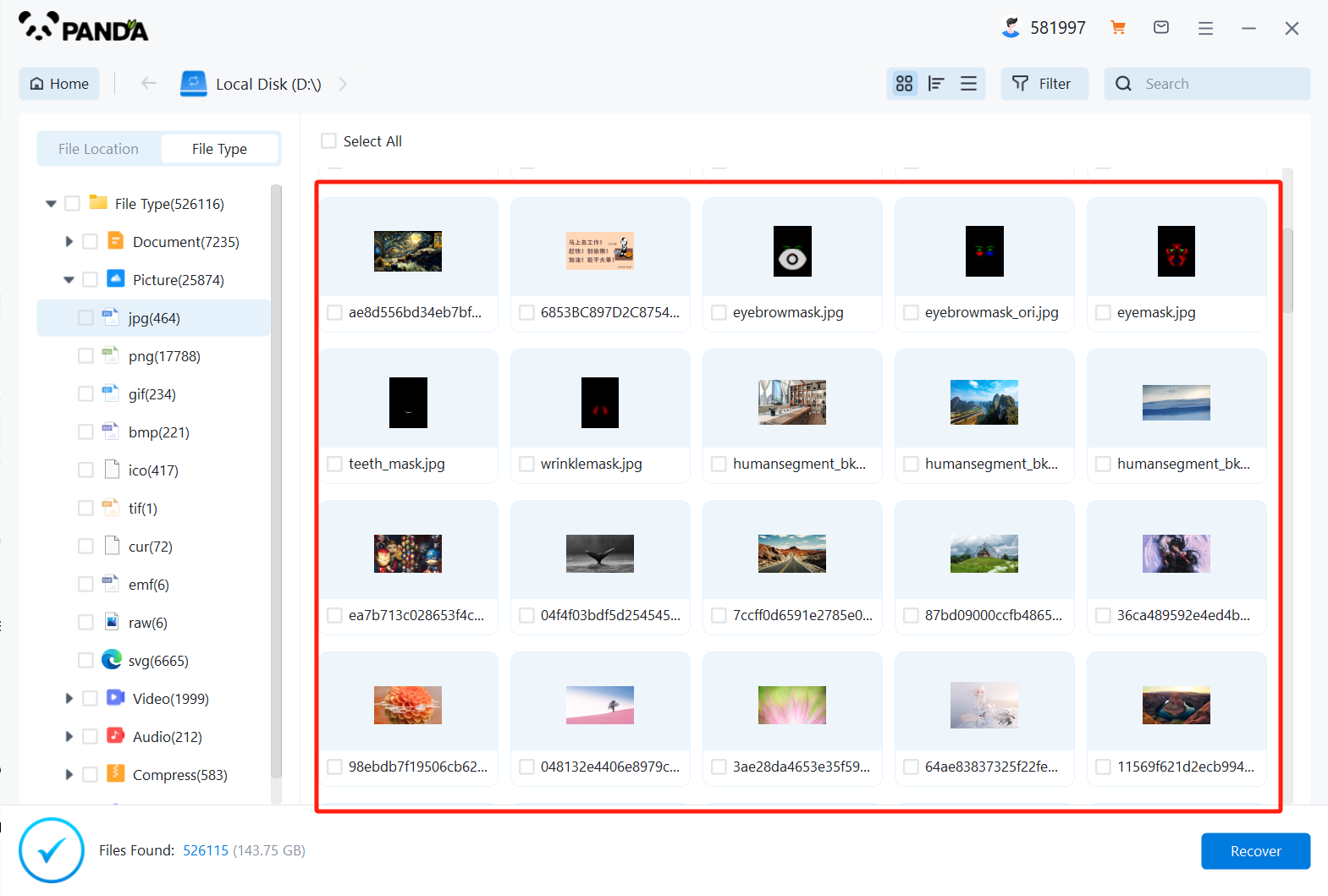Losing data from a hard disk can be a stressful experience, but it's not always the end of the road. With the right tools and techniques, it's often possible to recover lost or erased data from a hard disk. Here's a step-by-step guide on how to recover hard disk data after it's been erased:
1.Understand the Situation
Before you begin, it's important to understand the nature of the data loss. Has the data been logically deleted (files removed from the file system but not overwritten) or physically overwritten (data erased and new data written over it)? Understanding this will help you choose the appropriate recovery method.
2.Stop Using the Disk Immediately
As soon as you realize that data has been erased, stop using the hard disk immediately. Any further use of the disk can potentially overwrite the deleted data, making it more difficult to recover.
3.Prepare for Recovery
Gather the necessary tools and software for data recovery. This may include a data recovery program, a USB-to-SATA adapter (if the hard disk is internal), and a backup storage device to save the recovered files.
4.Select a Reliable Data Recovery Program
Choose a data recovery program that has a good reputation and proven success rates. Look for programs that support your specific operating system and file system. Read reviews and compare different programs to find one that best suits your needs.The following is an example of Panda data recovery operation.
Steps to recover data from Panda data recovery:
Step 1: Select Hard Drive Damage Recovery

Select the "Hard Drive Corruption Recovery" mode and click on it to proceed to the next step.
Step 2: Select the original data storage location

Select the storage location where the data is stored, and then click Start Scan.
Step 3: Scan the file

Wait patiently for the file to be scanned, we can also search while scanning, and if we find it in advance, we can also recover it first.
Step 4: Find the file

You can search to find the file.
Step 5: Preview the file

Double-click to preview the file.
Step 6: Recover files

Tick the files you want to recover and click Recover.
Additional Tips:
- Backup Regularly: To prevent data loss in the future, establish a regular backup routine. Use external hard drives, cloud storage, or other backup solutions to keep your data safe.
- Act Quickly: The chances of successful recovery are highest if you act quickly after the data is erased. The longer you wait, the higher the risk of overwriting the deleted data.
- Seek Professional Help: If you're unable to recover the data using a data recovery program, consider seeking professional help from a data recovery service. They have specialized tools and expertise to handle complex data recovery cases.
Remember, data recovery is not always guaranteed, and the success rate depends on various factors such as the type of erasure, the amount of data overwritten, and the condition of the hard disk. However, by following these steps and using reliable software, you can maximize your chances of recovering erased hard disk data.





